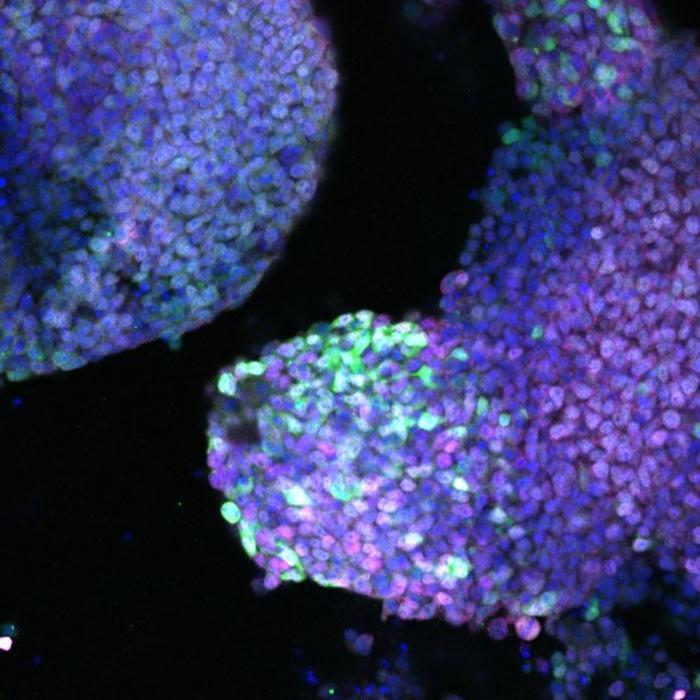A new step forward on the long road towards the possibility of regenerating amputated limbs: a group of researchers led by Harvard Medical School has managed to reprogram in mice and chickens the most common cells present in the skin, called fibroblasts, into cells with properties similar to those that give rise to limbs in embryos and which are capable of forming most different tissues, such as bones, muscles, cartilage and tendons.
The result, published in the journal Developmental Cell, improves understanding of the process of limb formation and lays the foundation for regenerative therapies of the future.
“This step forward gives me immense pleasure, also for historical reasons,” Carlo Alberto Redi, director of the Developmental Biology Laboratory of the University of Pavia and member of the Accademia dei Lincei, told ANSA.
“In fact, right at the University of Pavia, around 1930, the biochemist Piera Locatelli managed to make a salamander grow a fifth leg and her work was then an inspiration for the research of Rita Levi Montalcini, which earned her the Prize Nobel.
Piera Locatelli has unfortunately been forgotten – comments Redi – but I am happy with this new development, which goes in the direction of responding to needs that medicine is not yet able to satisfy today”.
In fact, around 60 million people around the world live with the loss of a limb, and many researchers are trying to advance the field of medicine called 'regenerative', which aims to replace or reconstruct tissues, cells and organs by stimulating their repair and regeneration capabilities.
Currently, a common way to obtain limb progenitor cells is by taking them directly from embryos, which poses ethical problems, or by producing them thanks to induced pluripotent stem cells: adult cells that are reprogrammed to return them to an embryonic-like state.
Now, researchers led by Yuji Atsuta have developed a new method that is much simpler, more direct and cheaper, directly reprogramming skin cells into limb progenitor cells.
The authors of the study first evaluated which genes are most active within the cells that form the first limbs in mouse and chicken embryos.
They thus identified 18 genes, which were introduced into fibroblasts grown in the laboratory to transform them into cells that form limbs.
By repeating the experiments, the circle was then narrowed down to just three essential genes.
“They used viruses to infect cells with these genes, directly obtaining limb progenitor cells without going through induced pluripotent stem cells, an excellent result,” adds Redi.
“Also, they discovered that just three genes are enough, which is fantastic,” says the biologist.
Researchers are now trying to apply this method to human cells, but also to those of snakes: the ancestors of these animals, in fact, possessed limbs that were then lost during evolution.
“The reprogrammed cells generated organoids similar to limb buds – says Atsuta – so it seems possible to form legs even in animals that no longer have them”.
Reproduction reserved © Copyright ANSA

